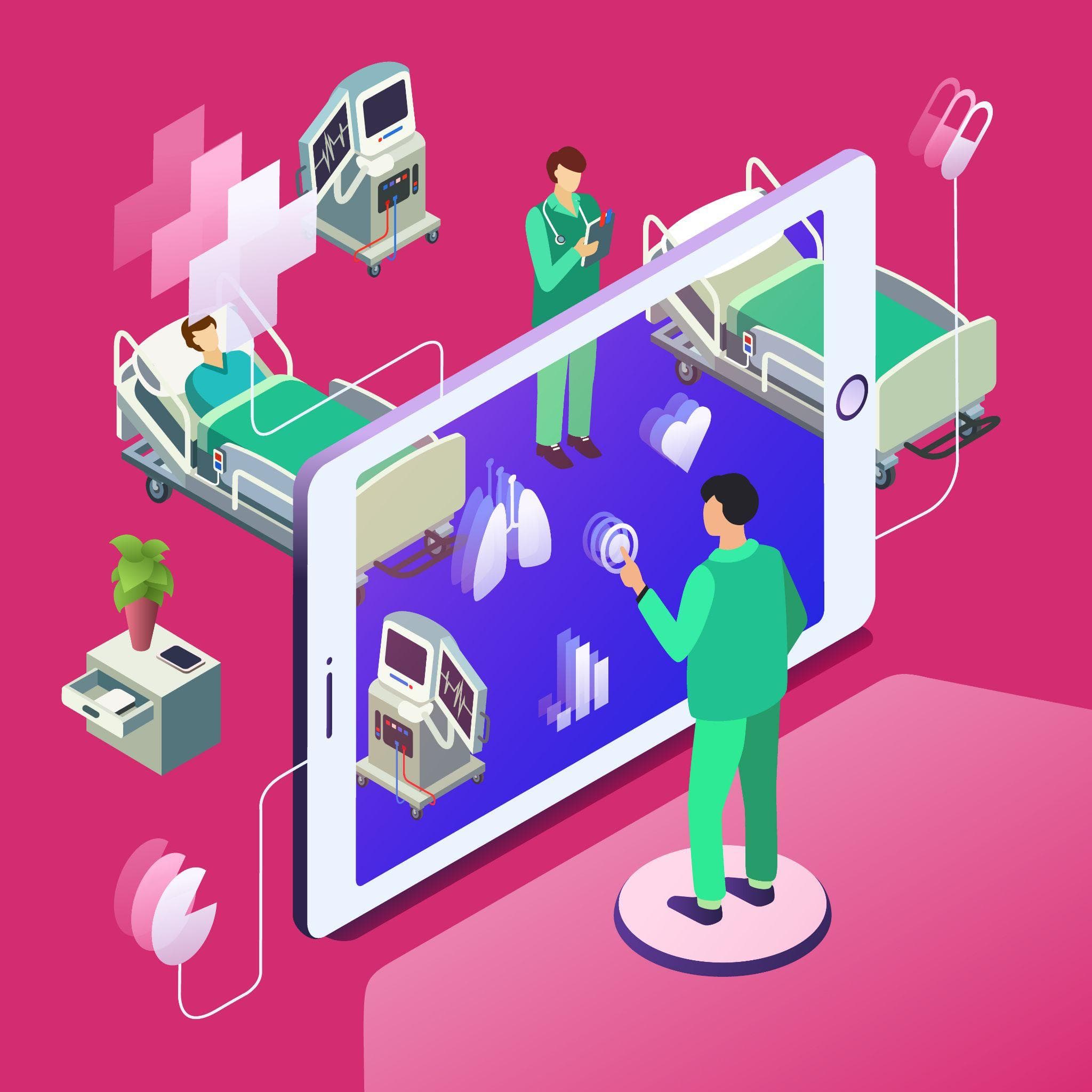



New Medical Devices are invented to ensure that healthcare practitioners have a safe and easy practice while performing a medical procedure that can save lives, solve health problems, and improve quality of life. Medical Technology devices are made up of a variety of constituents, including software, hardware, and medicinal components. Due to an increase in adverse incidents, which has caused authorities to tighten regulations for patient safety, medical devices are launched with many challenges masked by layers of regulations. Regulations cover diagnostic, therapeutic, supportive, and surgical devices. Medical device experts can understand and explain the regulations that apply to such products.
Low-risk devices, such as oxygen masks and surgical tools, are subject to general controls such as good manufacturing practices and standards, adverse event reporting, registration, and general record keeping requirements. Devices that pose a higher risk necessitate additional controls on product labelling, as well as specific mandatory performance standards and testing requirements. Pacemakers and breast implants are examples of effective and safe implanted devices that support or sustain life in the face of an unreasonable risk of injury or illness. Implanted medical devices that are capable of dynamic changes in function and safety are constantly monitored. All of these factors have a significant impact on the medical device development cycle.
In a dynamic and competitive business environment, new product development is a critical process for innovation. It is critical to update the product on a regular basis in order to stay current and compete. The path of medical device development follows well-defined steps that overlap during the invention, refinement, and testing of the device.
The development of a new device is a cycle that begins with conceptualization and ends with market introduction. Researchers begin the development process by attempting to meet specific medical needs by developing an idea or concept for a new device. To avoid the pursuit of costly unfeasible ideas, the ideas generated for a new device are screened for factors such as legislation or regulation, competition, and changes in technology. The researchers create a POC (proof of concept) that outlines the steps required to determine the new device's practicability, workability, and functionality.
The first stage of device development is initial invention, which is followed by classification, which governs the development process. The device research conducted is analysed for potential costs, revenues, and profits arising from the product in order to identify the market's weaknesses, strengths, opportunities, and threats. Market research is conducted during the conception stage, which influences the location and timing of the product launch. Product development entails and begins with the creation of a prototype with an actual design that allows for market testing before being applied to the final product. Based on the positive results, large-scale production is initiated, which precedes commercialization. To ensure that the product works properly after it is released to the market, it is subjected to post-launch testing.
In short, proving the compliance of a medical device can be difficult. Traditional document-driven models are not ideal because they typically involve a large number of discrete spreadsheets and other files that take a long time to retrieve, review, and organise. The inefficiency of these workflows also makes it difficult to trace development activities back to requirements.
Having said that, if you've done your research and determined that there is a market for your device, following the steps outlined in the five key medical device development phases will assist you in bringing your device to market. Attempting to walk the journey alone, on the other hand, can have serious consequences—so follow the rules. Many moving parts, documentation requirements, and regulatory hurdles are involved in the process of ideating, designing, and developing a medical device. Many of the processes and requirements involved in the five phases have been outlined in this article, all of which highlight the importance of document management throughout the medical device development process.